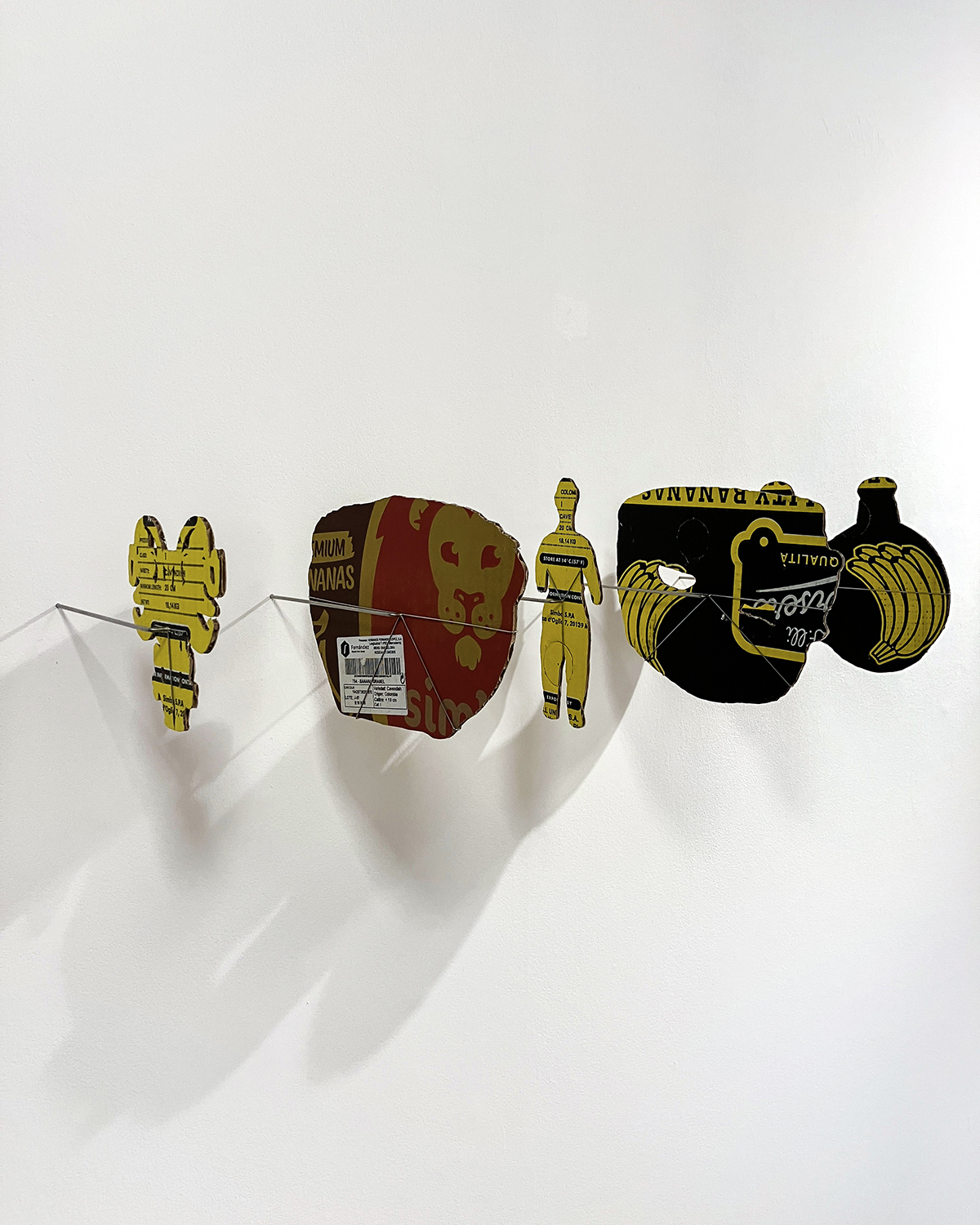Fantasmas, 2024
Found cardboard, pencil on tracing paper, gouache, custom stainless steel supports
40 x 815 x 30 cm
radicar raði'kaɾ, 2024
Group exhibition
Poush
Aubervilliers, France
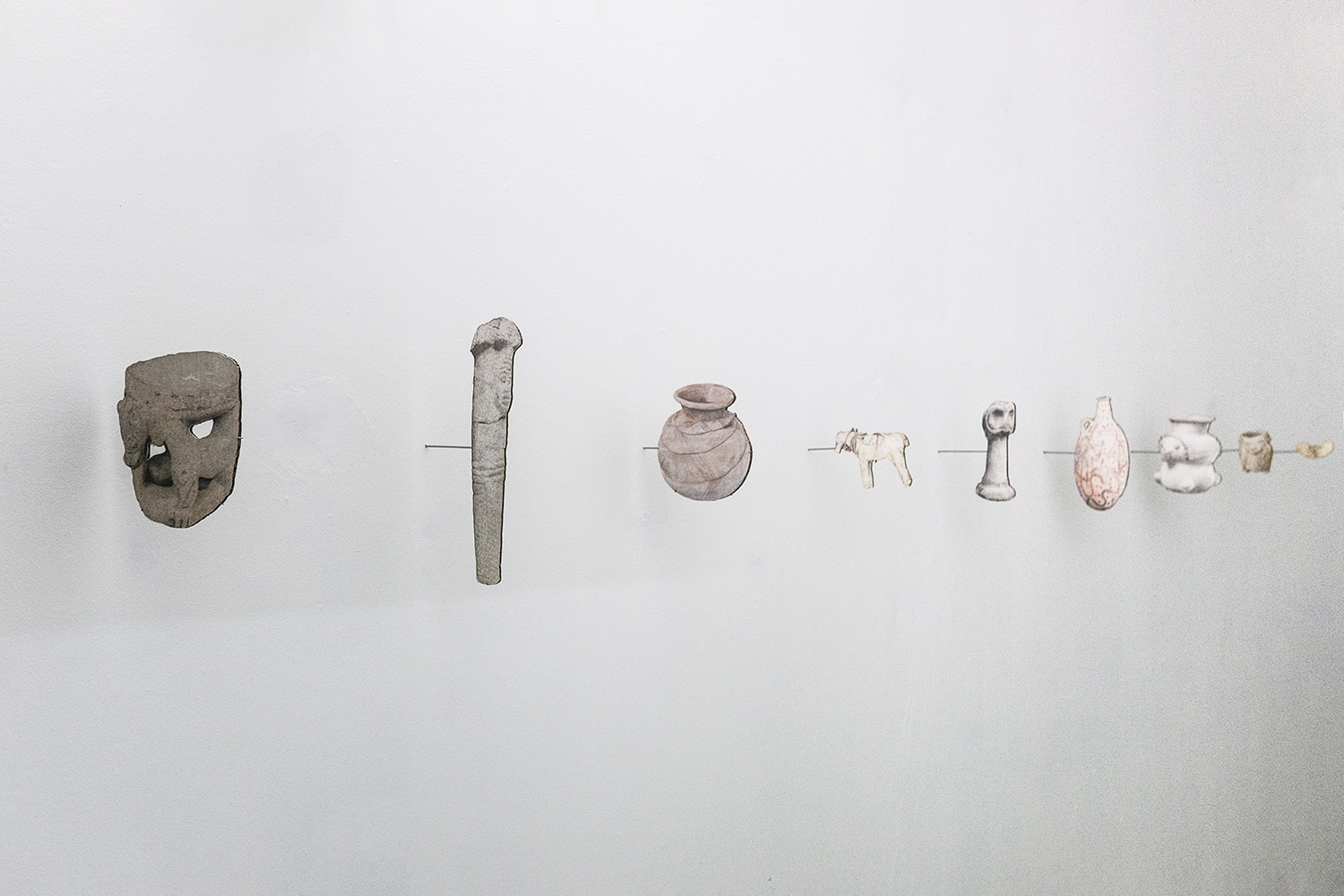
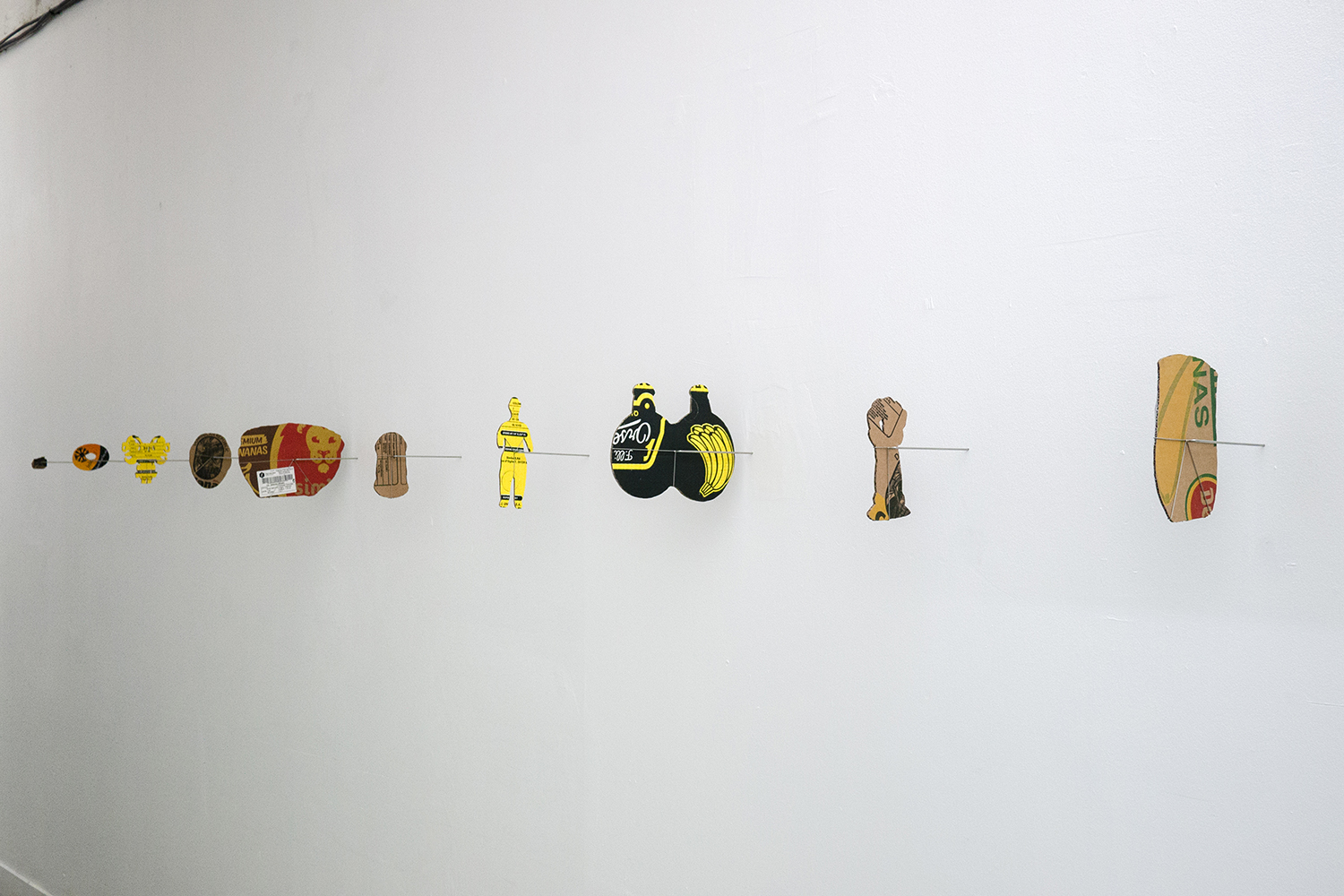
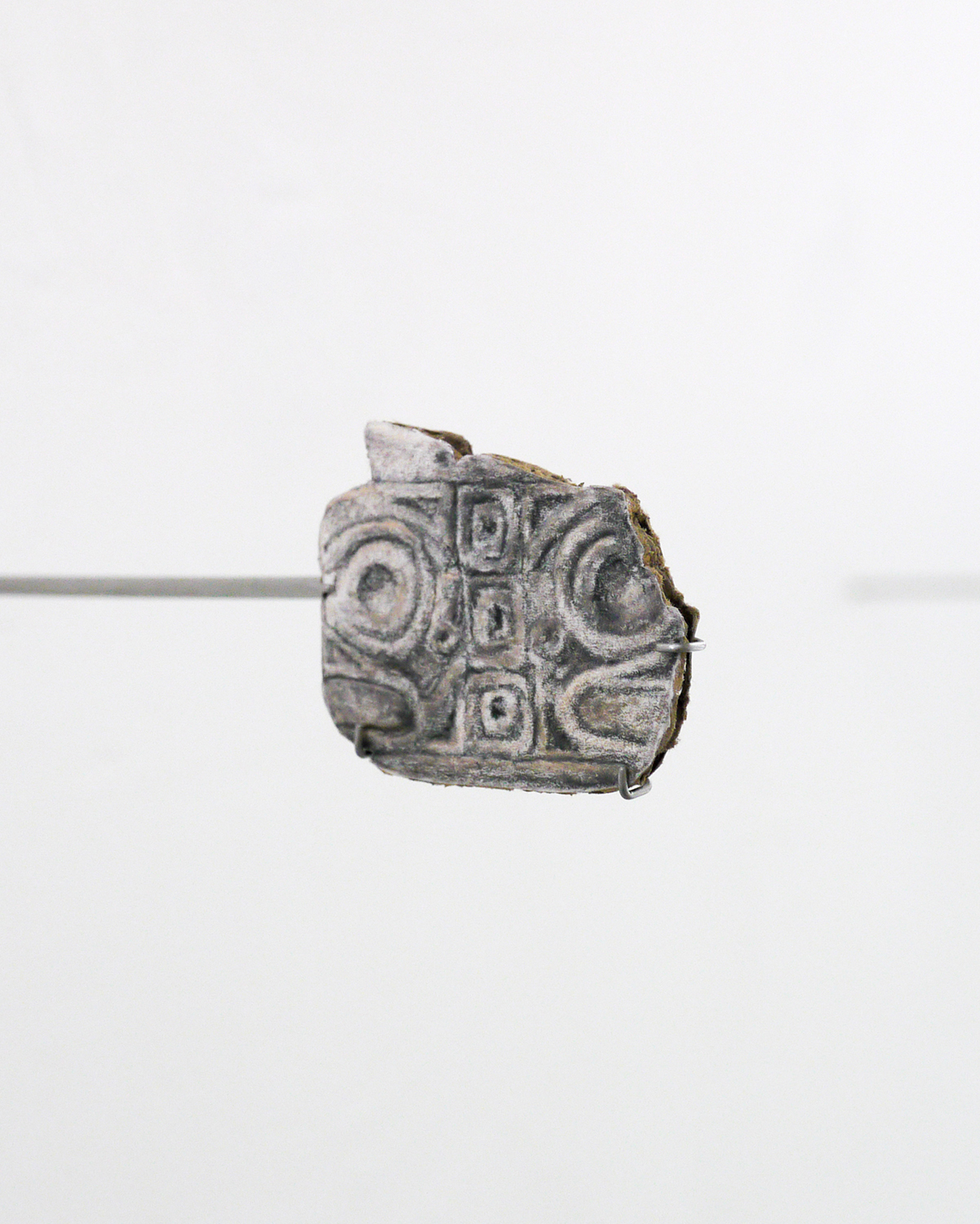
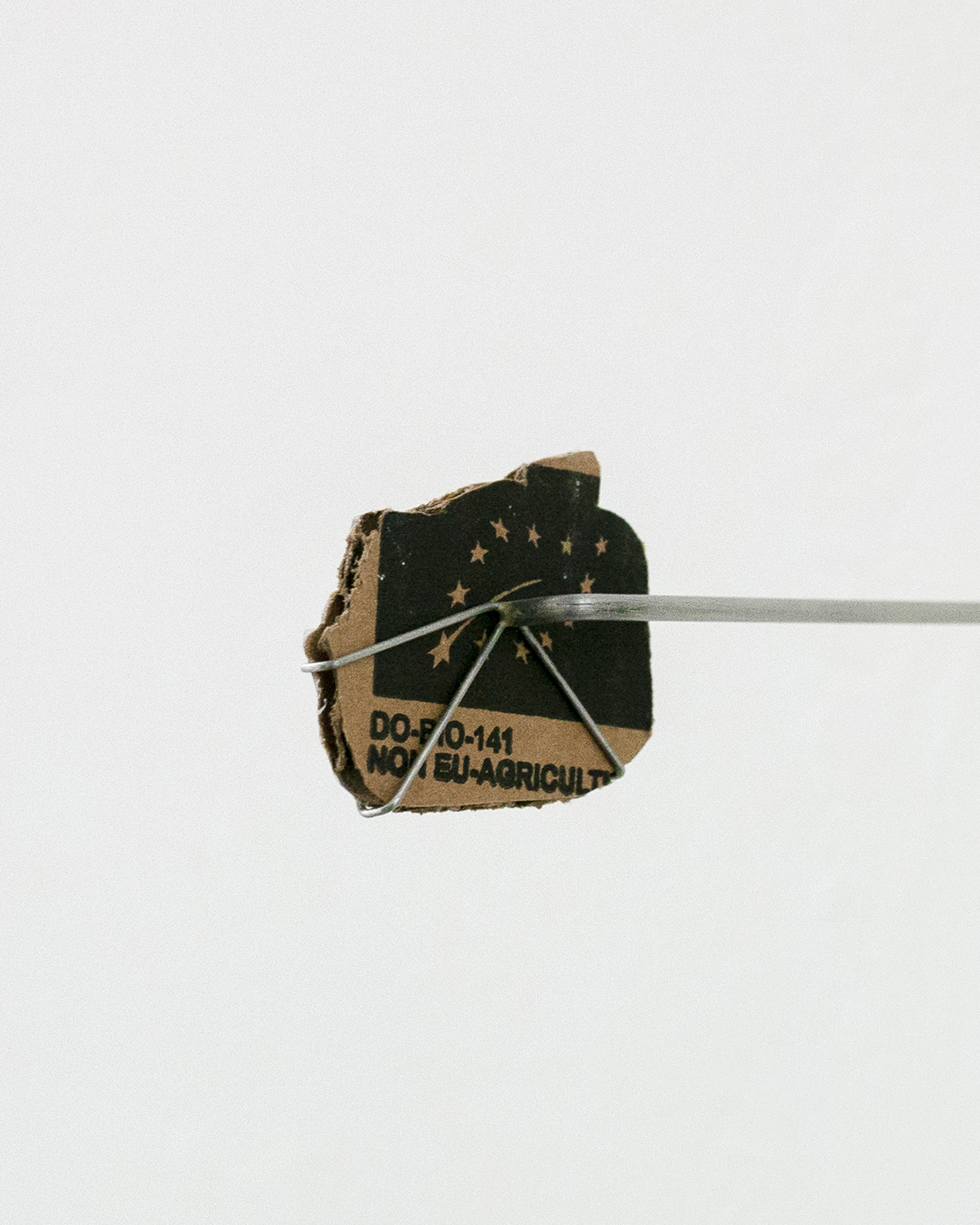
This polysemous work literally has two meanings. On the one hand, the artist presents a series of drawings of pre-Columbian objects; on the other, cardboard boxes of fruit and vegetable imports from Latin America. Martín Kaulen follows a rigorous protocol: first he gathers the boxes, identifies their distributors and locates the plantations, then he investigates the expropriated peoples who lived there, and reproduces artefacts from these communities that are currently held in European collections.
These phantoms, which in museums are intended to materialise the location of items that are temporarily absent, evoke the extermination and invisibilisation of indigenous communities. Thousands of stolen objects in European museums lose their original function and become purely ornamental. Decontextualised and locked away in aseptic display cases, they revive the colonial violence specific to their gathering.
Margaux Knight, curator of the radicar raði'kaɾ exhibition at Poush
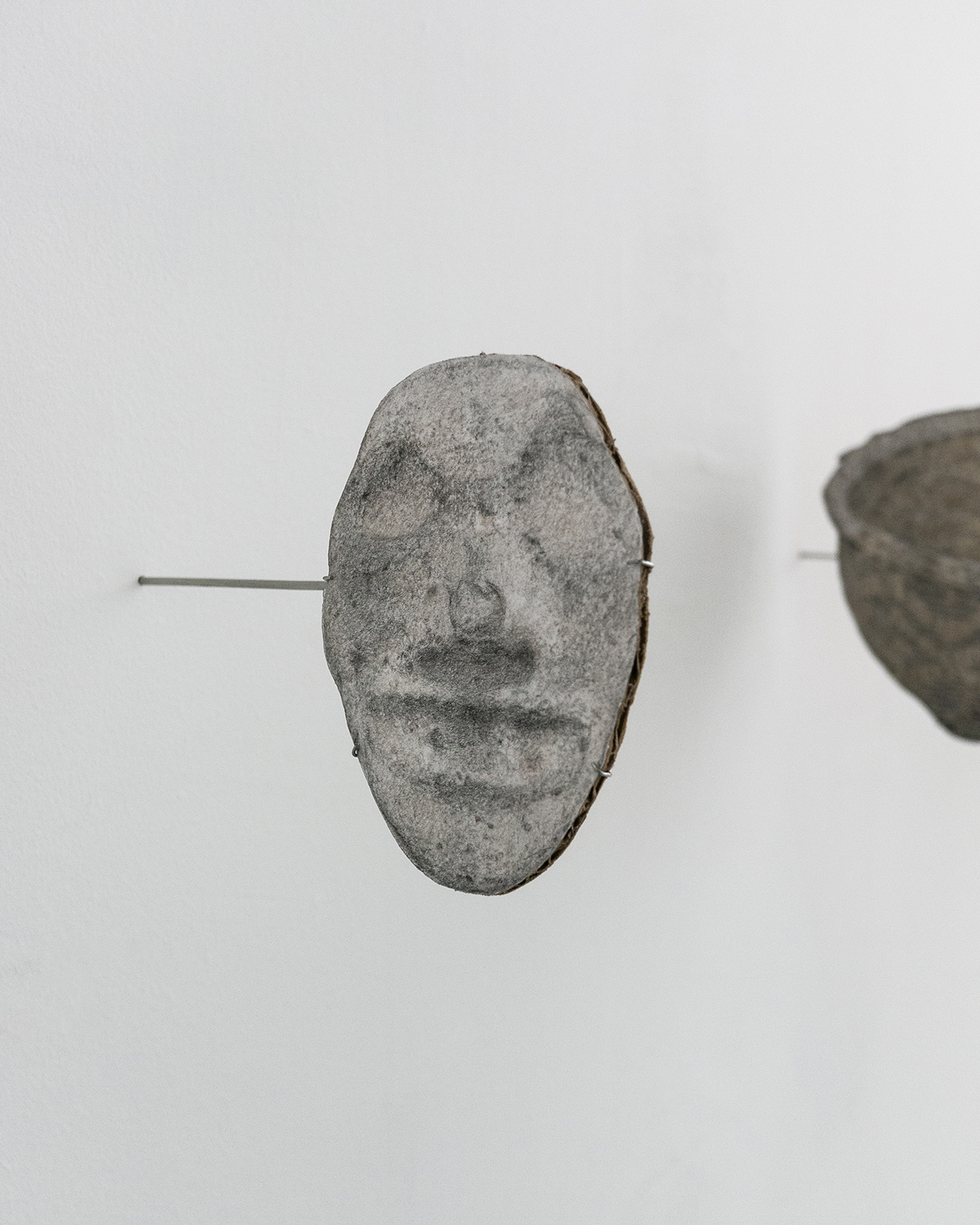
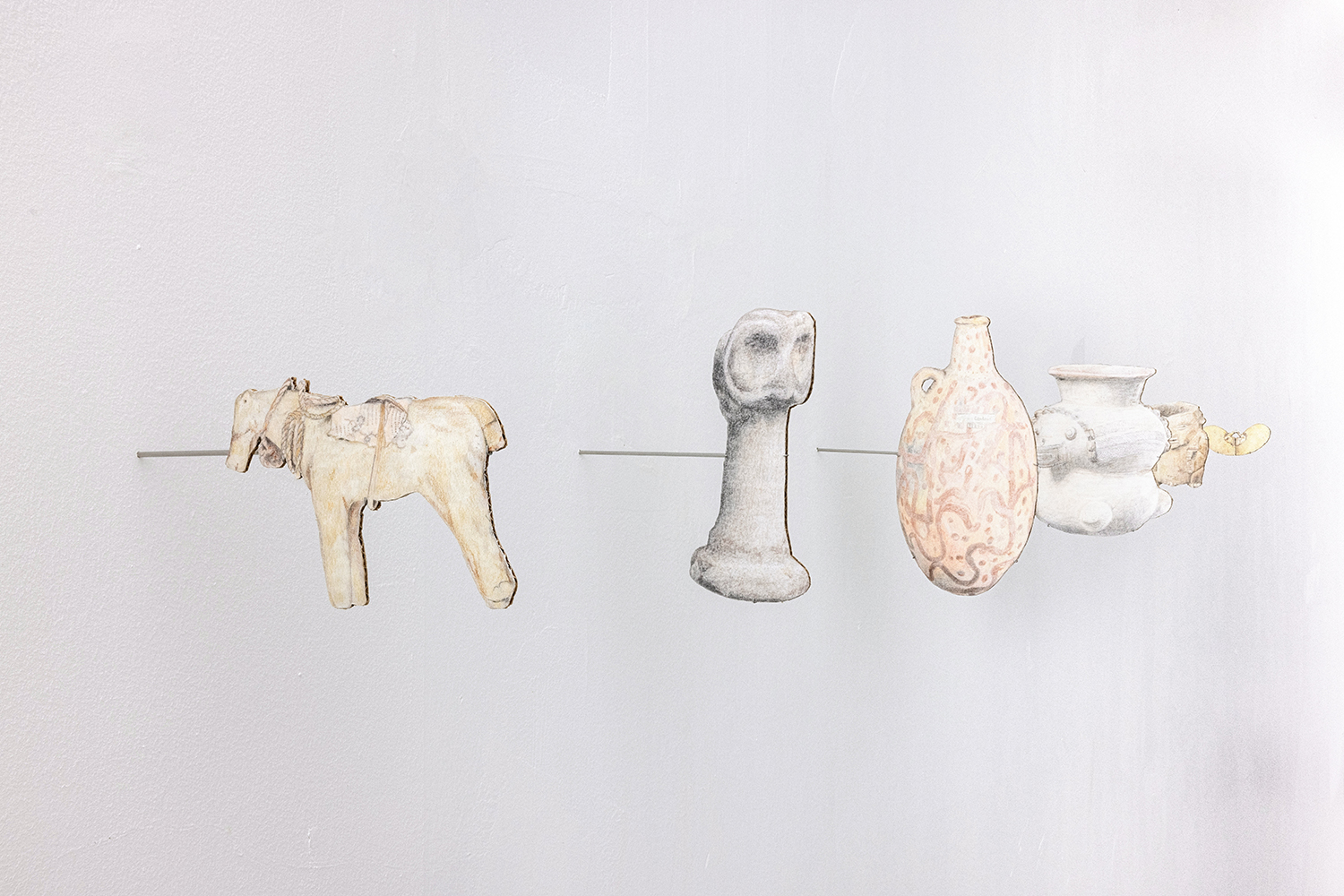
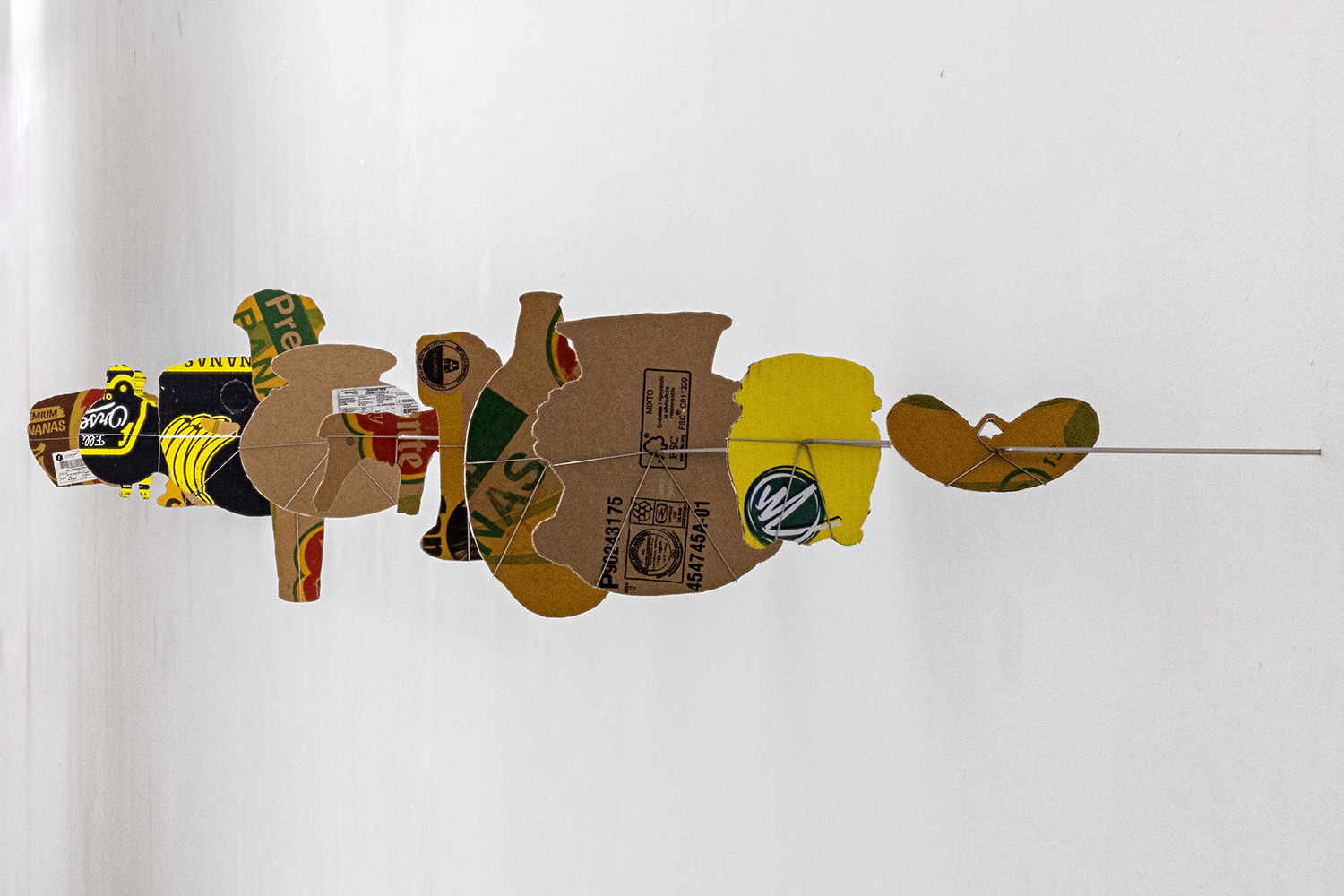
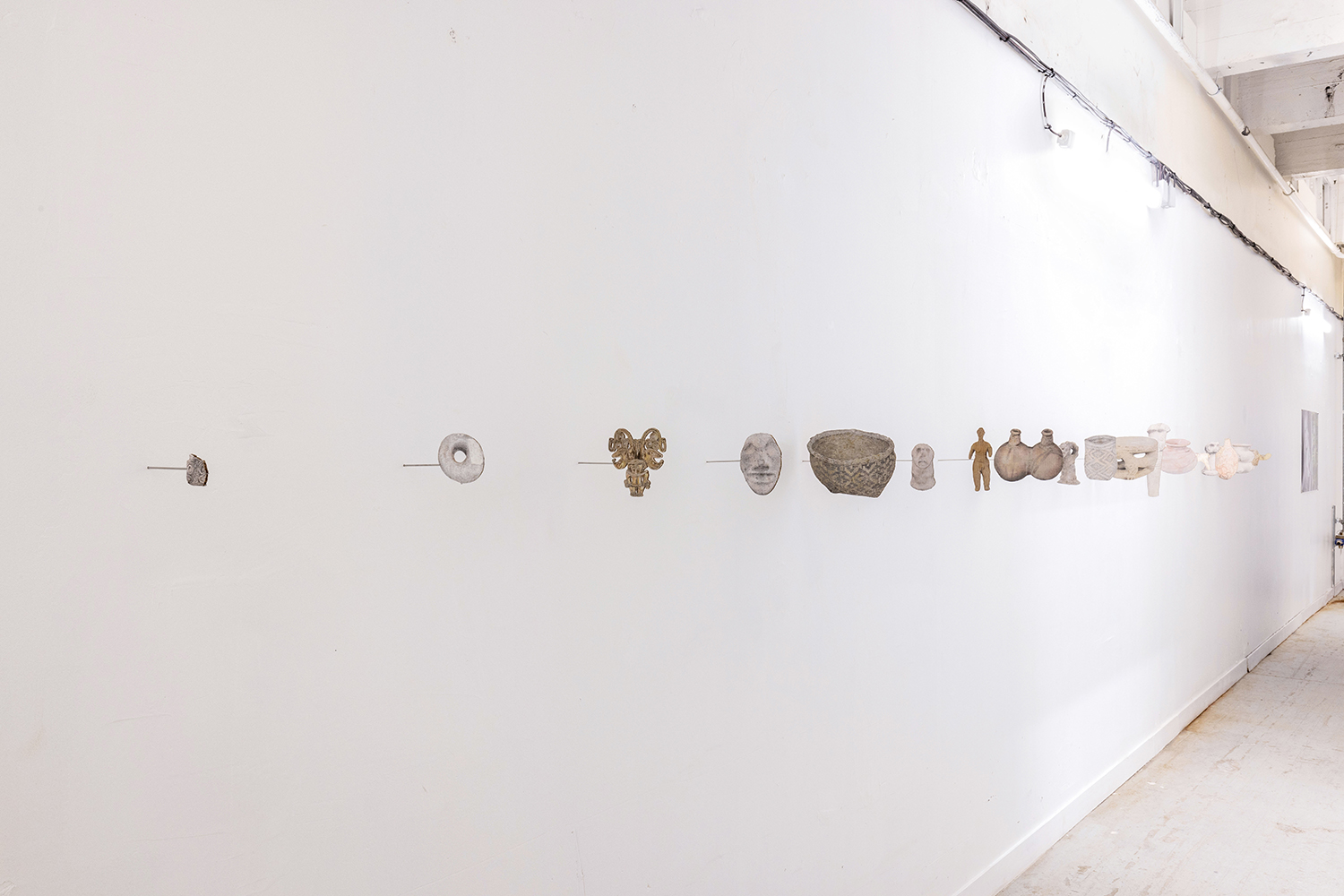
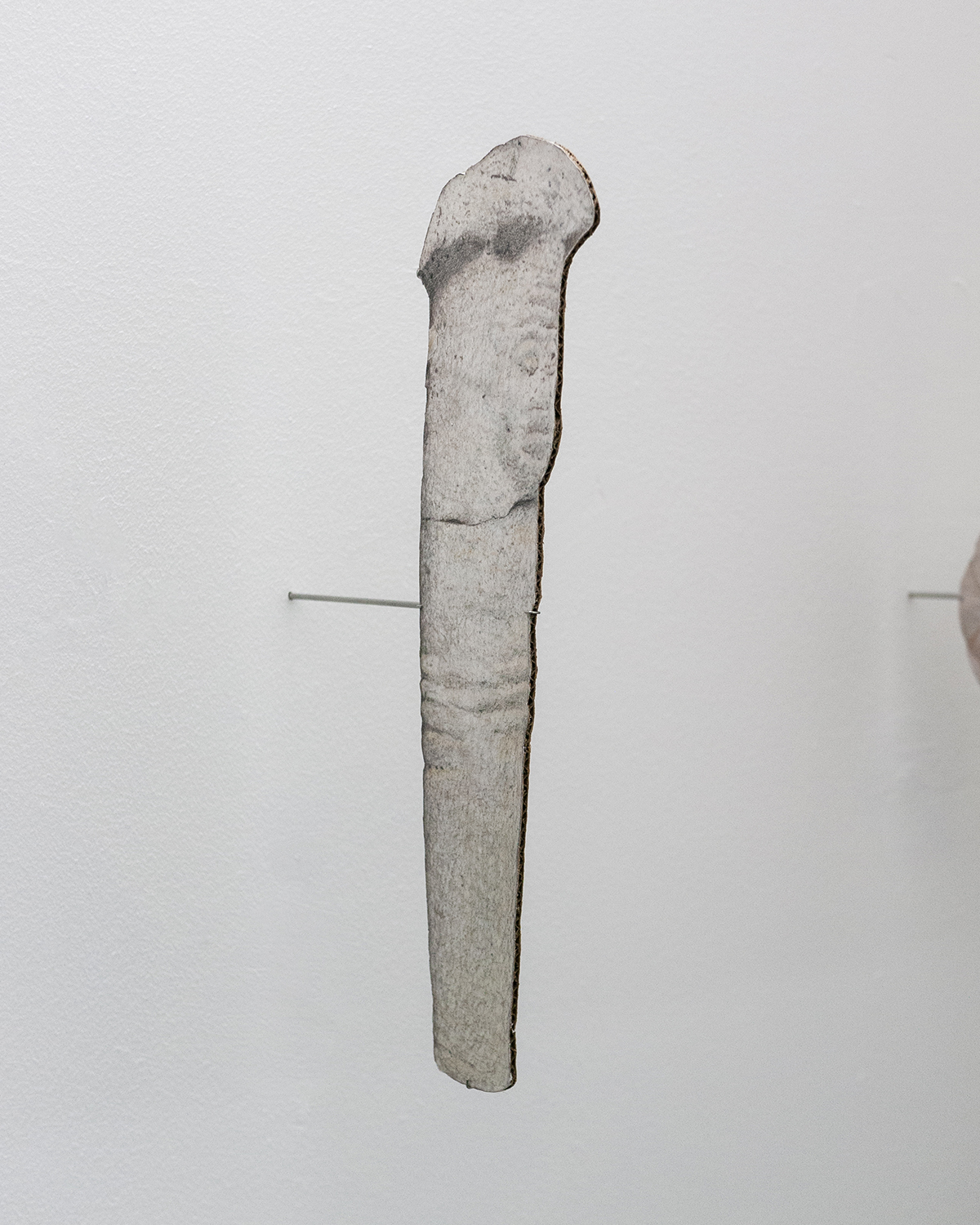
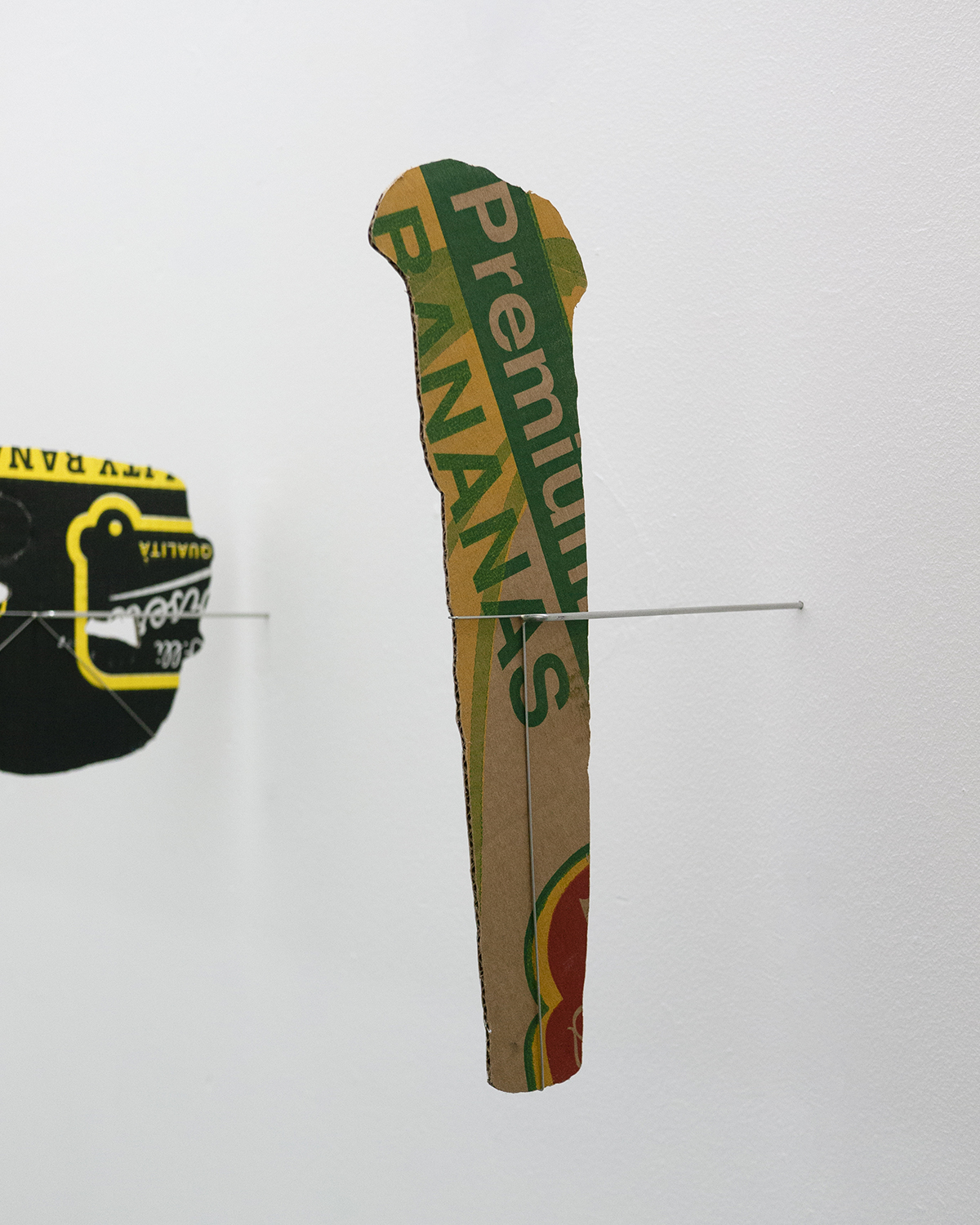
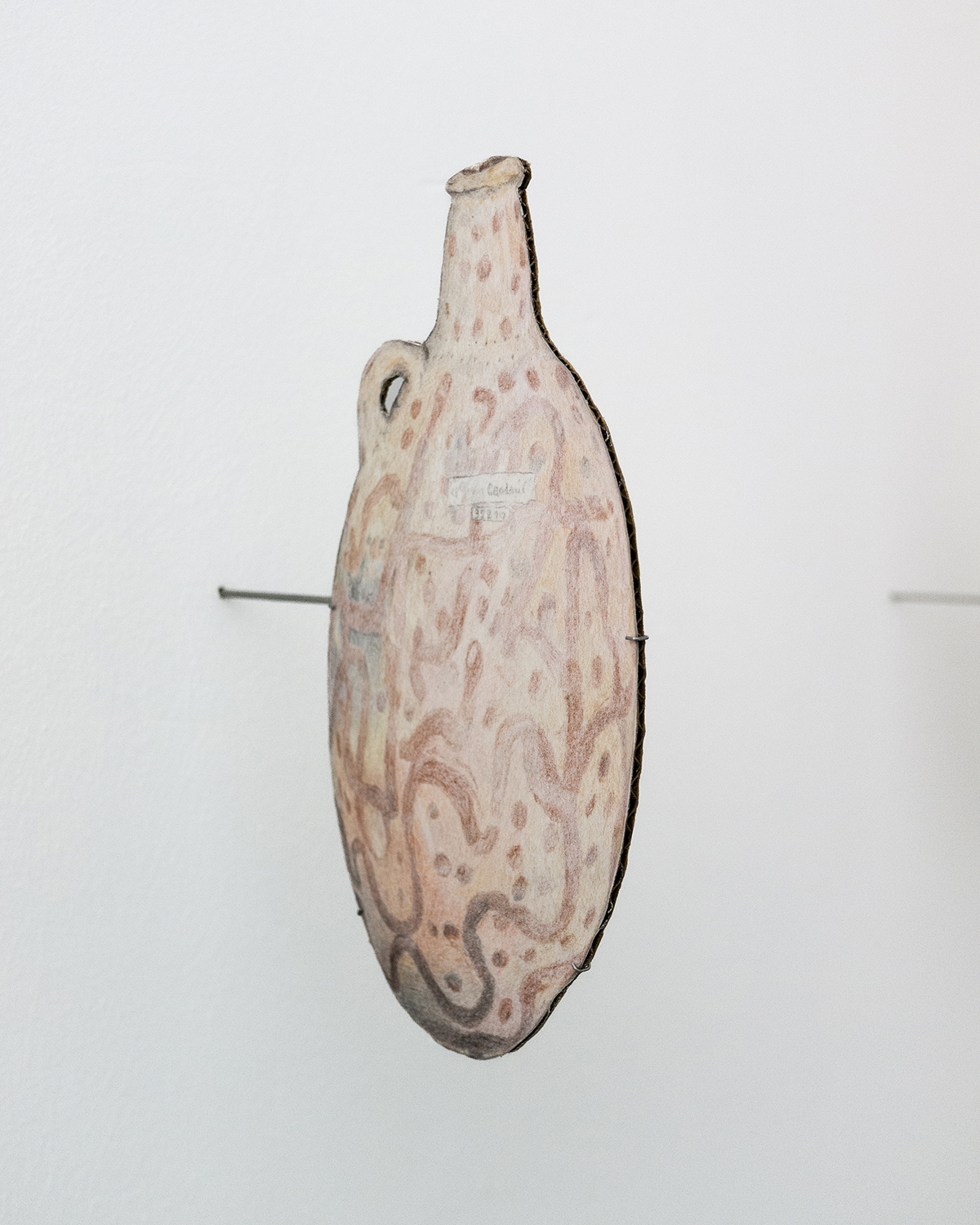
Also rooted in history, Martin Kaulen's Fantasmas series hangs a series of ten silhouettes of pre-Columbian art objects on the wall. The process, which is both highly effective and very relevant, reproduces drawings of works by the indigenous populations of the region from which the parcels originate on materials used to transport goods (cardboard boxes, various types of packaging) from South America. Nothing is ‘right side up’, the models themselves are stored in European collections, and the ‘reverse’ is the only indication, where the bright colours and truncated inscriptions lose their meaning. The result is a collection that is baroque, serious and engaging, where ritual blends with the depiction of fundamental political and economic issues that are fatal to traditions whose ghosts remain.
Guillaume Benoit, article published in Slash Paris magazine
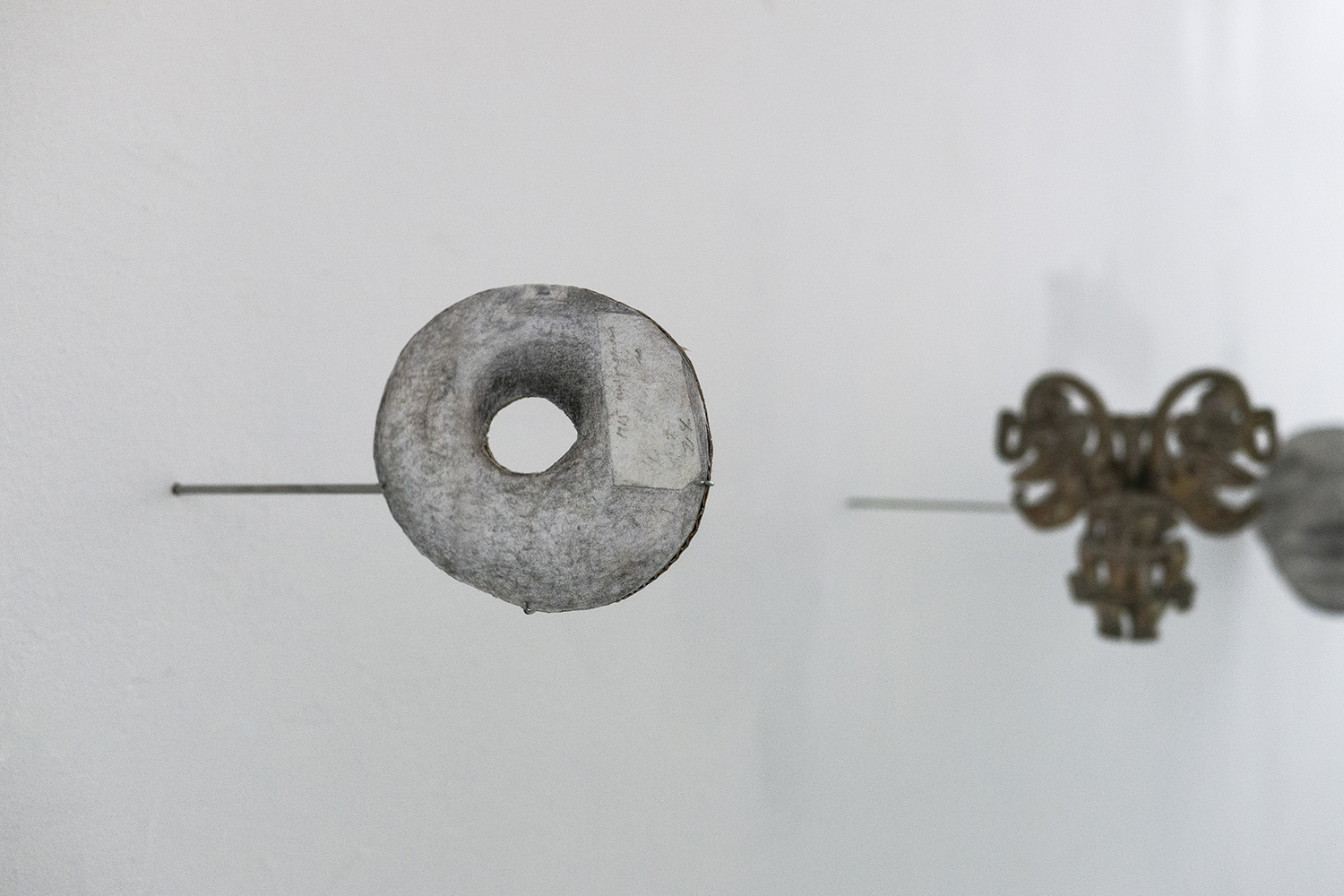
Futurs incertains, 2023
Group exhibition
Goethe Institut
Paris, France
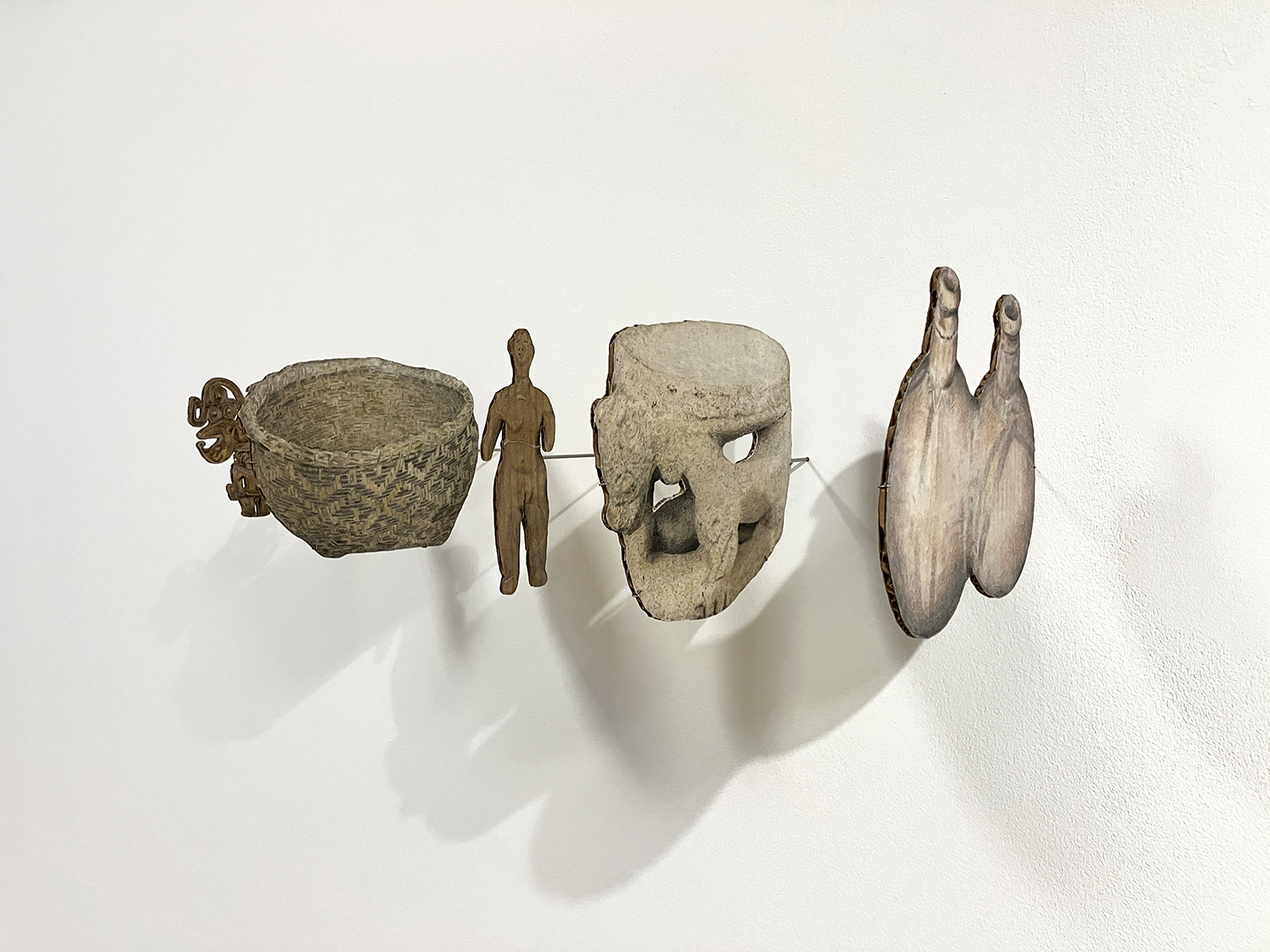

1. I find a cardboard box where fruit is imported from Latin America (Fratelli Orsero importer of bananas from Colombia).
2. I look for where the plantations are located (Departments of Urabá in Antioquia and in the department of Magdalena).
3. I look for the original cultures of these territories (Cuna, Tairona, Wayúu and others).
4. I look for pieces of these cultures in European museums (Musée du Quai Branly in Paris, British Museum in London, Etnologisches Museum in Berlin).
5. I draw the phantom of the piece, a scaled museographic element used to arrange the works in an exhibition prior to mounting.
6. I make a support for each phantom in which both sides are visible, exposing an element of the museography that is usually
